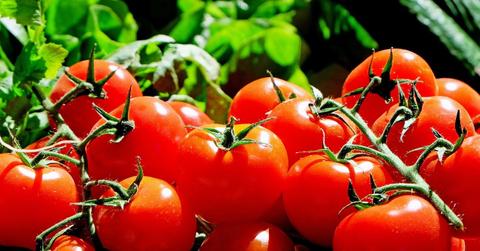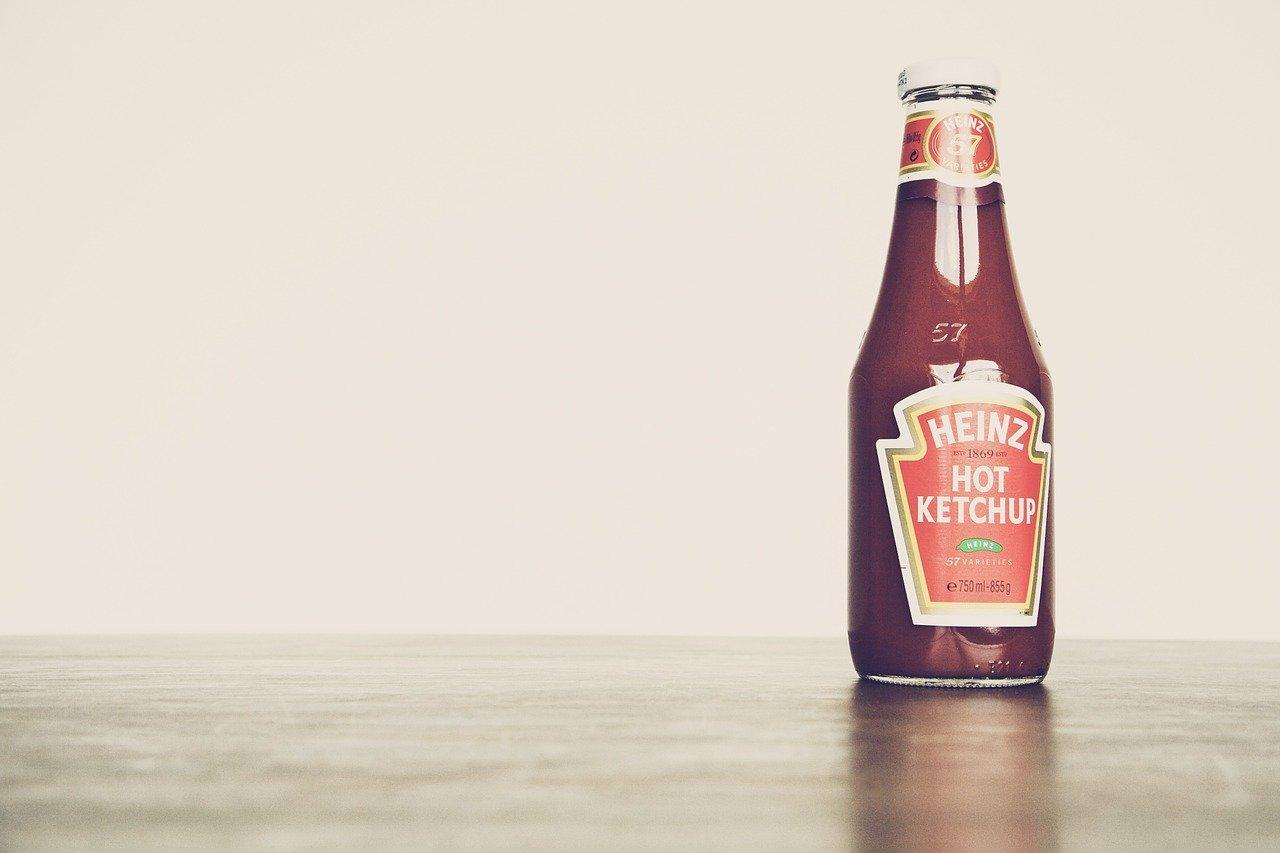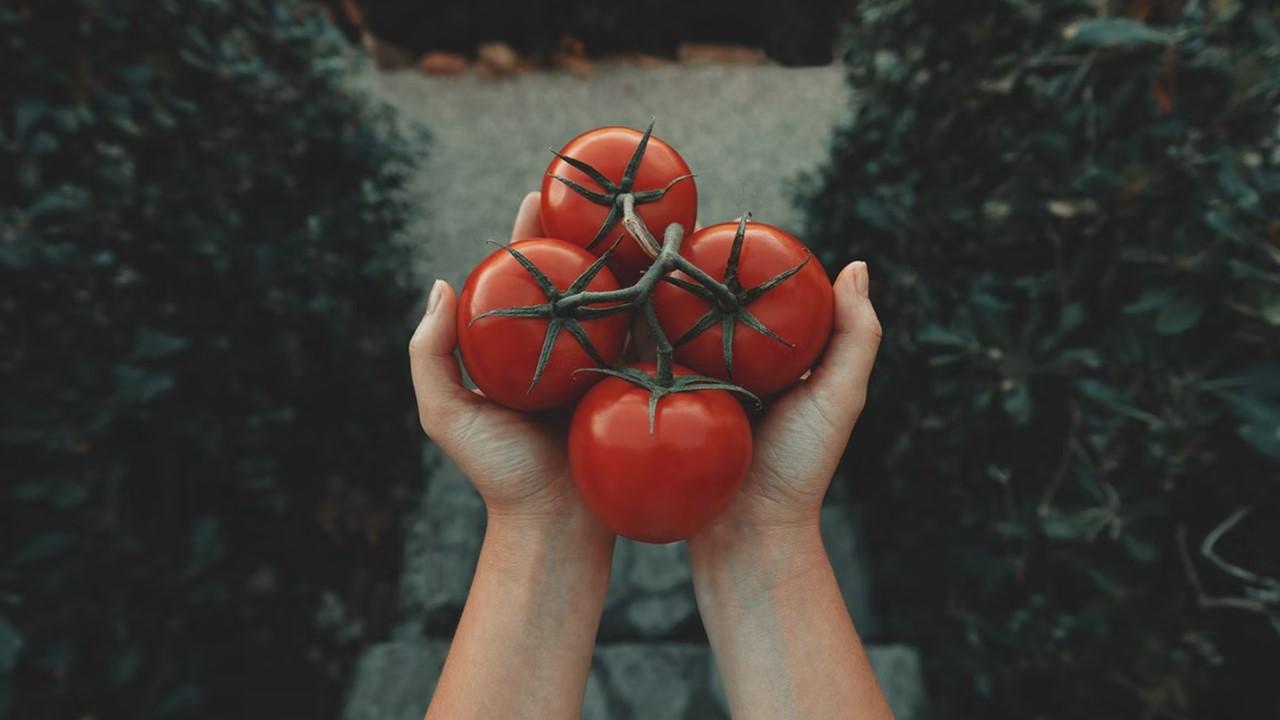Tomatoes and Ketchup Could Remain in Short Supply — Here's Why
The U.S. has been facing shortages of many products since 2020. Recently, there has been a tomato and ketchup shortage. How long will it last?
Aug. 17 2022, Published 10:30 a.m. ET

U.S. consumers aren't new to shortages. The COVID-19 pandemic and its aftermath interrupted supply chains to a large extent. Add natural forces to it, and you get a perfect recipe for a prolonged shortage. Tomatoes are seeing such a shortage in the U.S. currently. What is causing the tomato shortage in 2022?
There's already a shortage of some food products in the U.S. The out-of-stock rate for food and beverages was 10 percent in June, according to the Consumer Brands Association. The out-of-stock rate is the highest for sports and energy drinks at 16 percent. Apart from the food product shortage, supply chain issues and shortages of other items such as aluminum have also impacted the availability of many food items in various parts of the U.S.
California’s drought is making tomato growers’ life tough.
California is the leader in the production and processing of tomatoes. The state produces about a quarter of the world’s tomatoes. However, the region has been hit by the worst drought in 1,200 years. NASA images show water reservoirs at Lake Mead at the lowest levels since its construction in the 1930s. The drought is leading to lower tomato production. The California crop has been trending below its production peak of 14.4 million tons in 2015 and is expected to be around 10.6 million metric tons.

Mike Montana, the head of the California Tomato Growers Association told Bloomberg News, “We desperately need rain.” He added, “We are getting to a point where we don’t have inventory left to keep fulfilling the market demand.”
Tomatoes and tomato products see a spike in prices.
The shortage has also caused a spike in the prices of tomatoes and its products, such as spaghetti sauce and salsa. The rise in prices is outpacing the general rise in food prices in the economy. According to the research firm IRI, the price of tomato sauce in the four weeks which ended July 10 was up 17 percent compared to a year ago during the same period. Ketchup has seen a 23 percent price increase. Along with the drought, higher input prices of agricultural products are also responsible for a larger increase in the prices of tomatoes and its products.

Tomato production is expected to shrink going forward.
Higher temperatures will likely shrink the supply of tomatoes in key regions in the next few decades, as per an article published in Nature. The production is expected to decrease by 6 percent in 2050 compared to the baseline period of 1980–2009.
Even in the short term, the outlook for tomato farmers in California remains far from certain. The weather agencies are predicting hotter and drier conditions in the upcoming months. Despite rising tomato prices, farmers aren't making much as the prices of inputs have also risen tremendously. Rick Blankenship, the vice president of farming operations at Woolf Farming, said it now takes $4,800 an acre to grow and harvest a tomato crop compared with $2,800 a decade ago.
